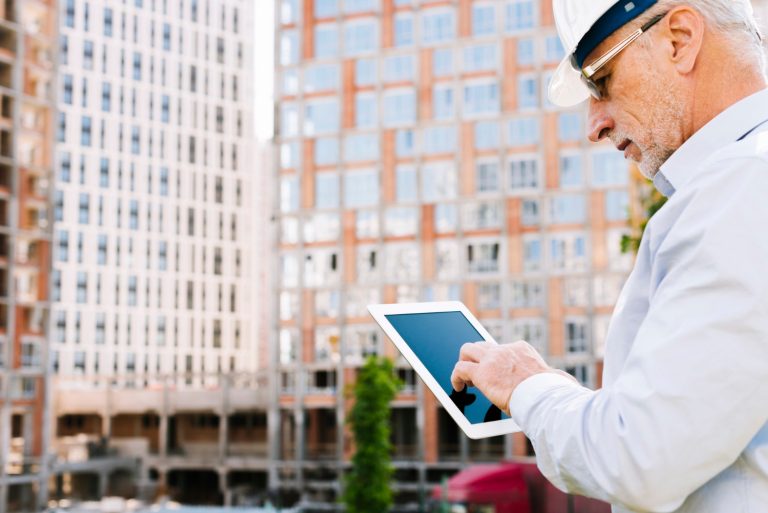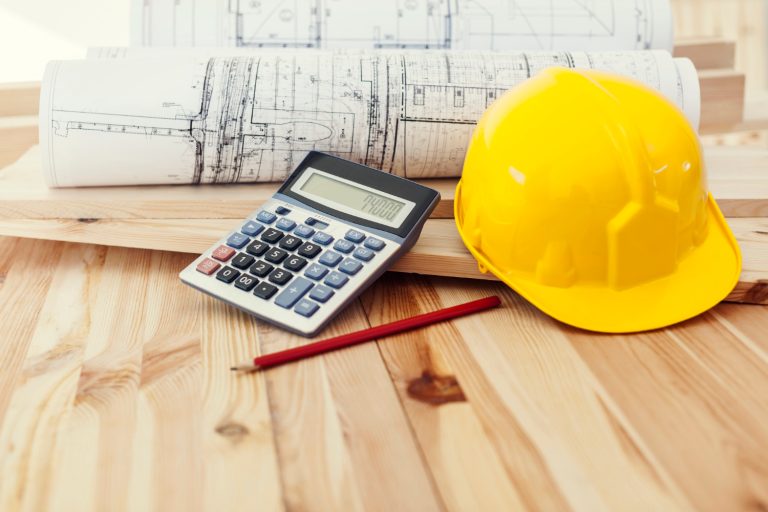Why Smart Buildings Are the Future of Commercial Construction
Commercial construction is no longer just about bricks, steel, and glass. In 2025, smart building technology has become a defining factor in how commercial spaces are designed, built, and operated. Facility managers, property developers, and tenants increasingly expect connected systems that improve efficiency, reduce costs, and create healthier environments.
At GC44, we help commercial property owners integrate smart technologies that future-proof buildings and deliver long-term value. This guide explores the latest trends in smart building technology and how they apply to Bay Area projects.
What Defines a Smart Building?
A smart building uses technology to monitor, manage, and optimize operations automatically. By integrating Internet of Things (IoT) devices, sensors, and automation systems, property managers can control everything from lighting to HVAC systems in real time.
Core features include:
- Building automation systems (BAS)
- IoT sensors for occupancy, air quality, and energy use
- Smart lighting and climate controls
- Predictive maintenance through data analytics
- Enhanced security and access systems
The result is a facility that is not only more efficient but also more responsive to the needs of occupants.
Key Benefits of Smart Building Integration
1. Energy Efficiency
Smart lighting and HVAC systems adjust automatically based on occupancy and weather conditions, reducing energy consumption by 20–40 percent.
2. Operational Savings
Predictive maintenance alerts managers before equipment fails, cutting down on costly downtime.
3. Tenant Satisfaction
Comfortable indoor environments improve employee productivity and tenant retention.
4. Sustainability and Compliance
Meeting California’s strict energy codes becomes easier with smart systems that track and optimize building performance.
5. Data-Driven Decisions
Facility managers gain valuable insights into usage patterns, helping them make informed upgrades and investments.
Smart Building Technologies Shaping 2025
IoT Sensors
Small, wireless sensors track occupancy, temperature, humidity, and air quality, feeding real-time data into centralized systems.
Building Automation Systems (BAS)
Centralized platforms integrate lighting, HVAC, and security controls for seamless management.
Smart Lighting
LED lighting systems paired with motion detectors and daylight sensors reduce energy costs and enhance occupant comfort.
Smart HVAC Systems
Connected HVAC systems adjust airflow and temperature based on real-time occupancy and predictive analytics.
Access and Security Systems
Cloud-based access controls, smart locks, and AI-powered surveillance increase building safety while offering flexibility for tenants.
Digital Twins
Virtual models of buildings allow managers to test scenarios, forecast maintenance needs, and optimize layouts before physical changes are made.
How to Integrate Smart Technology in Commercial Construction
1. Start with an Assessment
Evaluate the current infrastructure and identify which systems can be upgraded or integrated.
2. Set Clear Goals
Decide whether the focus is on energy savings, tenant comfort, sustainability, or all three.
3. Choose Scalable Systems
Invest in technologies that can adapt as new solutions emerge. Avoid vendor lock-in where possible.
4. Collaborate Early
Involve technology integrators during the design phase to ensure systems are embedded seamlessly into construction.
5. Leverage Incentives
California offers rebates and incentives for energy-efficient building technologies, which reduce upfront costs.
Case Example
A 50,000 sq. ft. office building in San Mateo integrated IoT sensors, smart HVAC, and automated lighting systems.
- Energy savings: 35 percent reduction in annual utility costs
- ROI: Payback in under 5 years due to efficiency gains and tenant retention
- Added value: LEED Gold certification and increased marketability to tech tenants
Common Mistakes to Avoid
- Retrofitting without assessing compatibility with existing systems
- Underestimating cybersecurity risks in connected systems
- Choosing solutions that do not scale with future needs
- Overcomplicating technology without staff training or support
Final Thoughts
Smart building technology is no longer optional for commercial construction in 2025. From improved energy performance to enhanced tenant experiences, smart systems deliver both immediate and long-term returns.
At GC44, we specialize in integrating these technologies into new builds and renovations, ensuring our clients achieve efficiency, compliance, and competitive advantage. If you are planning a commercial project, now is the time to consider smart building solutions that will keep your property ahead of the curve.






